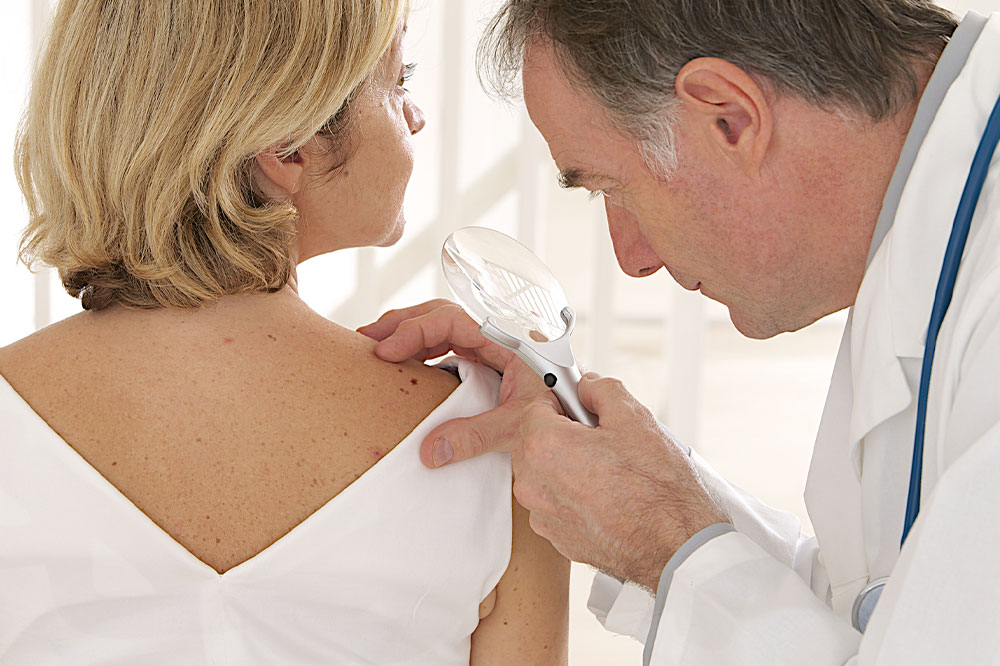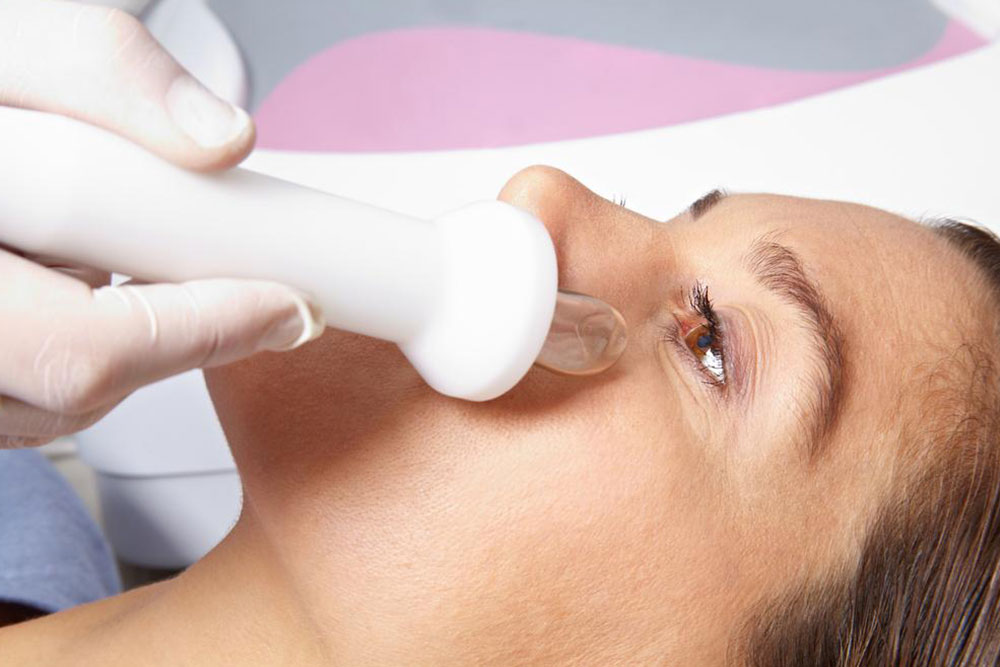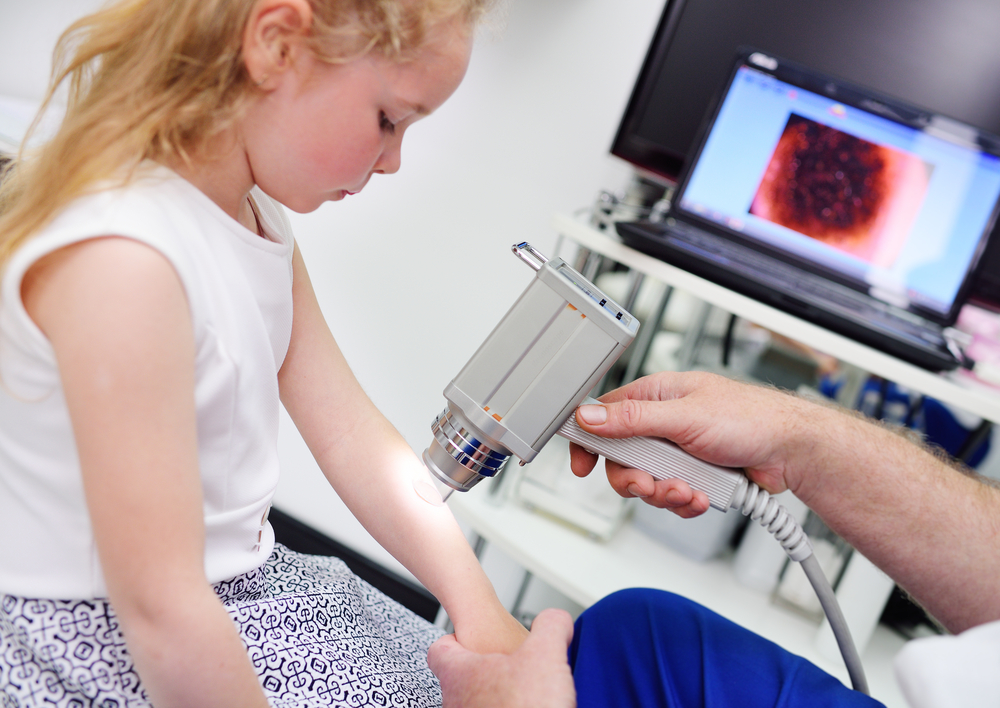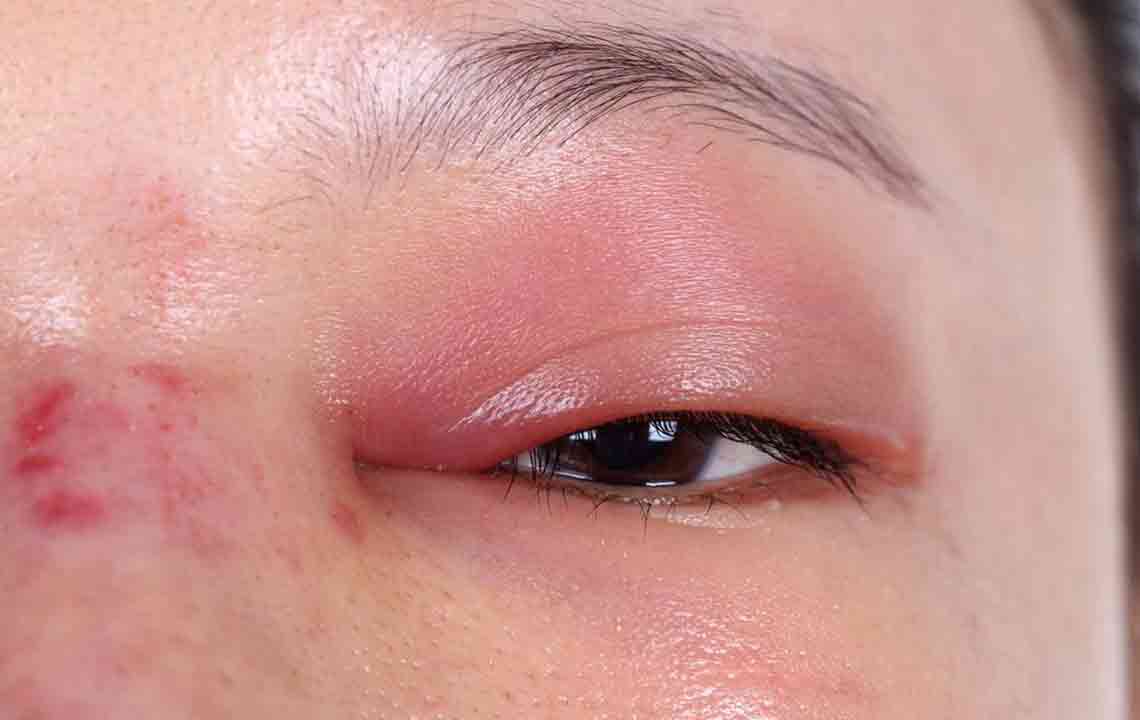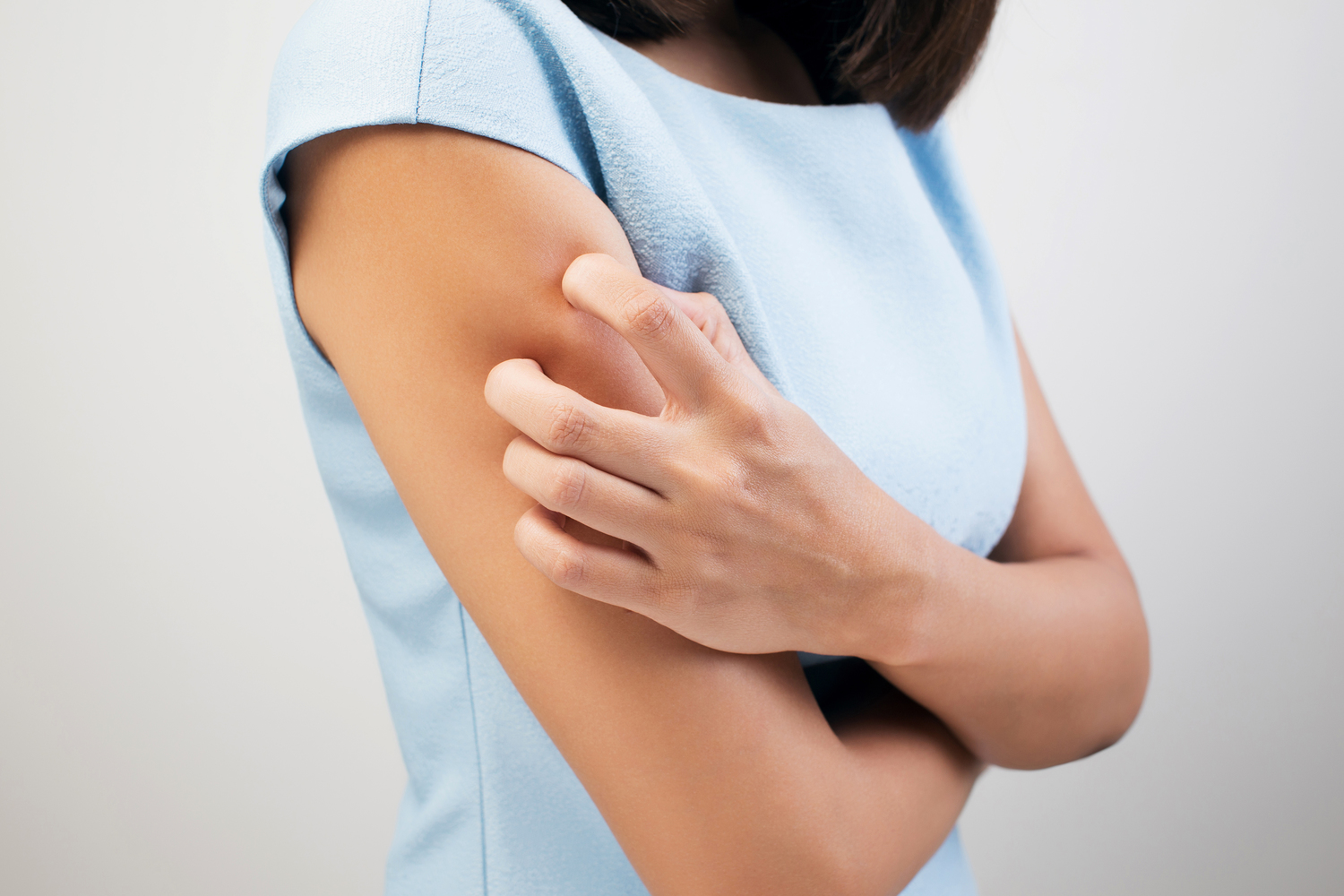Comprehensive Guide to Managing Pityriasis Rosea Effectively
This comprehensive guide explores effective strategies for managing pityriasis rosea, a common skin condition. From medical treatments like phototherapy and topical agents to natural home remedies such as oatmeal baths and aloe vera, learn how to alleviate symptoms and promote healing. The article emphasizes the importance of gentle skincare, lifestyle adjustments, and consulting healthcare professionals if symptoms persist. Aimed at providing practical advice, it helps sufferers understand how to manage this benign but bothersome rash while easing related discomfort and enhancing skin health.
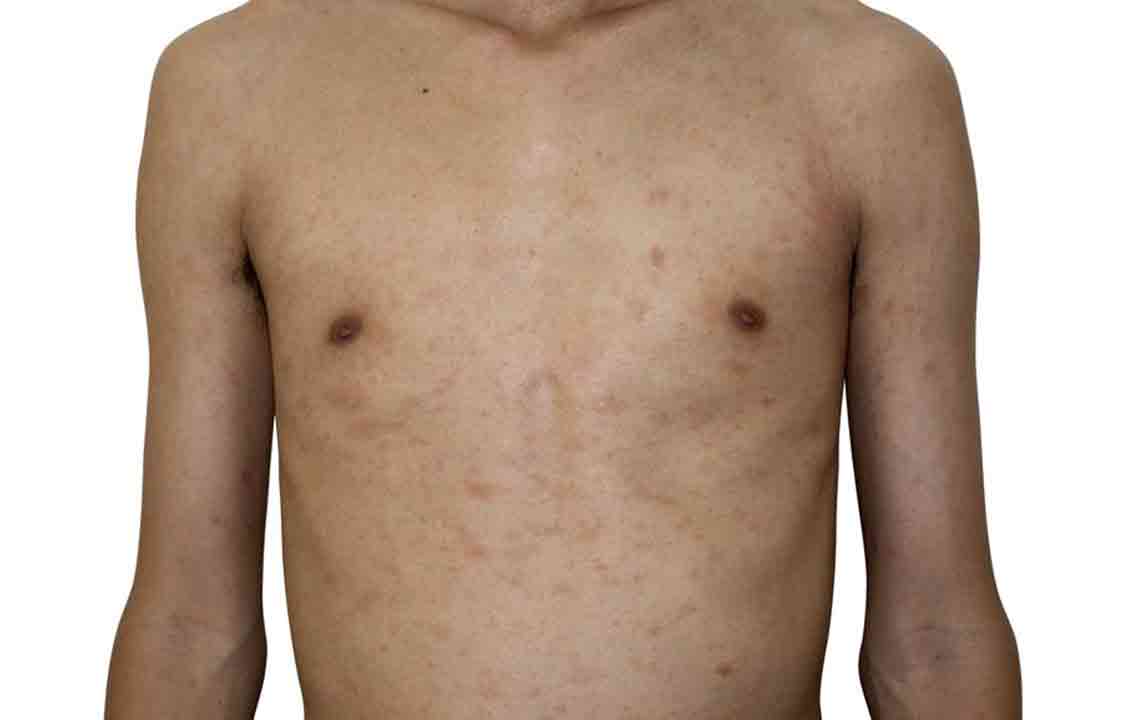
Comprehensive Strategies for Managing Pityriasis Rosea
Pityriasis rosea is a prevalent skin disorder that affects individuals across various age groups, particularly young adults. Characterized by a distinctive skin rash, this condition often causes concern due to its appearance and discomfort. Although generally benign and self-limiting, managing symptoms effectively can significantly improve patient comfort and hasten recovery. This detailed guide explores the causes, symptoms, treatment options, and practical tips for coping with pityriasis rosea, helping sufferers understand how to handle this common dermatological condition.
The condition typically begins with a single, large oval patch called the herald patch, often appearing on the chest, back, or abdomen. Over subsequent days to weeks, smaller rashes develop around this initial lesion, creating a pattern that resembles tree branches or Christmas trees, which is one of its diagnostic features. The rash can be red, pink, or brown, often covered with fine scales, and may be accompanied by mild symptoms like itching, fatigue, or low-grade fever. Despite its alarming appearance, pityriasis rosea is not contagious through physical contact or casual interactions, alleviating concerns about spreading the disease.
While the exact cause of pityriasis rosea remains unknown, researchers believe it might be linked to certain viral infections, particularly human herpesviruses type 6 and 7. The onset of symptoms often correlates with immune responses to these viruses, though no direct cause-and-effect relationship has been established. The disease's self-limiting nature means it resolves on its own within 6 to 8 weeks, but discomfort from itching and cosmetic concerns often prompt individuals to seek treatment.
To manage pityriasis rosea effectively, a combination of medical treatments and home remedies can be employed. Consulting a healthcare provider or dermatologist ensures tailored care, especially if symptoms worsen or persist beyond the typical duration.
Medical Treatments for Pityriasis Rosea
Pharmacological Interventions: Oral antihistamines such as loratadine or cetirizine are effective in reducing itching and allergic reactions. Topical corticosteroids, like hydrocortisone creams, can decrease inflammation and soothe irritated skin. In cases where bacterial superinfection is suspected, antibiotics may be prescribed.
Phototherapy: Controlled exposure to natural sunlight or ultraviolet (UV) light can help diminish rash severity and promote healing. Dermatologists often recommend specific light sessions, especially for persistent or bothersome cases, to accelerate recovery and improve skin appearance.
Topical Agents: Zinc oxide-rich ointments and lotions provide a protective barrier, soothe irritated skin, and reduce itching. Selecting dermatologist-approved products ensures safety and effectiveness.
Gentle Skin Care: Maintaining skin health with fragrance-free, hypoallergenic soaps and moisturizers minimizes irritation. Avoiding harsh chemicals and vigorous scrubbing helps preserve the skin's natural barrier.
Symptomatic Relief: Applying cold packs or compresses can provide immediate relief from itching and swelling. These are simple, non-invasive methods to alleviate discomfort during flare-ups.
Home Remedies and Lifestyle Tips
Oatmeal Baths: An oatmeal paste or soaking in colloidal oatmeal baths offers soothing relief by reducing inflammation and moisturizing dry, flaky skin. Use lukewarm water and gentle patience during bathing.
Aloe Vera: Applying pure aloe vera gel several times daily helps calm inflamed skin and reduces redness. Its natural healing properties are well-supported for various skin conditions.
Coconut Oil: This natural oil has antibacterial and anti-inflammatory properties. Regular application helps hydrate the skin, lessen rashes, and prevent the spreading of lesions.
Clothing and Environmental Adjustments: Choose loose, breathable fabrics like cotton or linen to avoid irritating sensitive skin. Avoid synthetic or wool materials which can exacerbate itching and discomfort. Maintain a comfortable living environment, avoiding excessive humidity or extreme dryness, and consider using humidifiers or air purifiers as needed.
Bathing Tips: Use lukewarm water and mild, fragrance-free cleansers. Adding soothing essential oils such as chamomile or calendula can provide additional relief, but always patch-test first to prevent allergic reactions.
When to Seek Medical Help
If symptoms persist beyond 6 to 8 weeks, worsen, or if new lesions develop rapidly, consulting a healthcare professional is essential. Diagnostic tests like blood work, skin scrapings, or biopsies may be necessary to exclude other dermatological conditions such as eczema, psoriasis, or fungal infections. Persistent or severe cases might require more intensive treatments or combination therapies, tailored by a dermatologist to suit individual needs.
Overall, managing pityriasis rosea involves a holistic approach combining medical care, home remedies, and lifestyle modifications. Understanding the nature of this skin condition empowers patients to face it with confidence, easing discomfort and promoting faster recovery while minimizing the cosmetic impact. Staying informed and proactive is key to navigating this common skin issue effectively.

